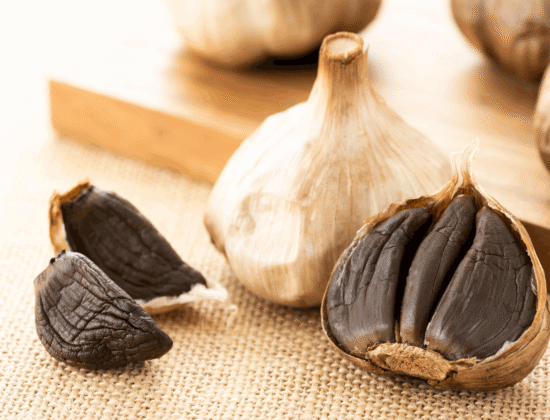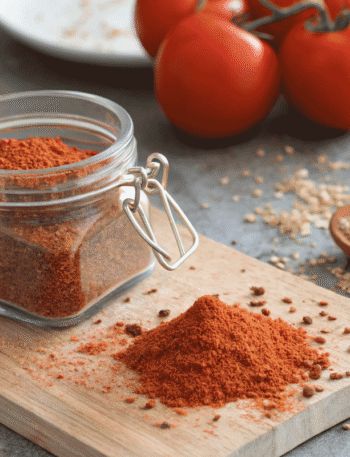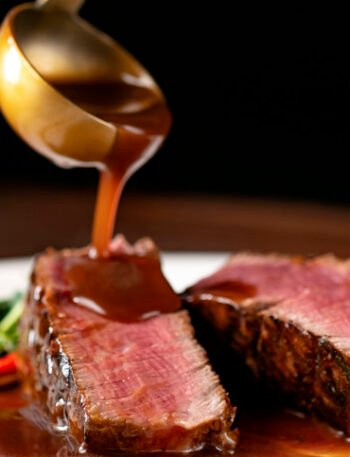Black garlic is becoming a popular ingredient in many kitchens, from home cooks to top chefs. It has a rich, sweet flavor often compared to balsamic vinegar or tamarind, and it’s known for adding depth to a dish without overwhelming it. This aged version of regular garlic offers a lot—flavor, nutrition, and an interesting backstory.
What Is Black Garlic?
Black garlic begins as regular white garlic but undergoes a slow aging process to transform it. The bulbs are kept in a warm, humid environment for several weeks. During this time, the garlic undergoes a process known as the Maillard reaction. This process changes the color to black, giving it its soft, chewy texture and sweet, tangy taste.
A Look at Its History
Although it feels like a trendy ingredient, black garlic has been used for centuries in parts of Asia. It’s especially common in Korean, Japanese, and Thai cooking. In Korea, black garlic was once used more for its supposed medicinal benefits than its taste. Lately, it has made its way into Western kitchens, where chefs use it to bring depth and complexity to dishes.
How Black Garlic Is Used in Modern Cooking
Today, black garlic appears in a wide range of recipes. It’s used in sauces, dressings, marinades, and even desserts. Some common ways to use it include
- Blending it into mayonnaise or aioli for sandwiches or burgers
- Mixing it into pasta sauces for added richness
- Pureeing it into soups or risottos
- Using it as a topping for pizzas or flatbreads
- Adding it to vinaigrettes or salad dressings
- Pairing it with roasted meats, especially pork or beef
- Stirring it into mashed potatoes or spreading it on toast
Because the flavor is milder than raw garlic, you can use it more freely. It’s a good way to add umami without needing a lot of extra seasoning.
Health Benefits of Black Garlic
Black garlic is also valued for its nutritional qualities. During the aging process, some of the compounds in garlic become more concentrated or are transformed into different forms. Here are a few known benefits:
- Antioxidants: Black garlic contains higher levels of antioxidants than raw garlic. These compounds help protect the body from damage caused by free radicals.
- Allicin Transformation: Raw garlic contains allicin, a compound with antibacterial and antiviral properties. In black garlic, allicin turns into other sulfur-based compounds that may also help support the immune system.
- Possible Heart Benefits: Some studies suggest that black garlic may help lower cholesterol and improve circulation.
- Low in Calories: Like regular garlic, black garlic is low in calories but packs a lot of flavor, making it a smart addition to many meals.
Where to Find It and How to Store It
Black garlic is widely available in grocery stores, especially in the specialty or international sections. You can also find it online, often in jars or sealed packages. It doesn’t need to be refrigerated, but once opened, it should be stored in a sealed container in a cool, dry place. You can also refrigerate it to keep it fresh longer.
Final Thoughts
Black garlic adds flavor and nutrition to many types of dishes. Its roots go back hundreds of years, but it’s finding new life in modern kitchens. Whether you’re cooking a simple meal or something fancy, black garlic is a great way to bring more depth and richness to your food.




